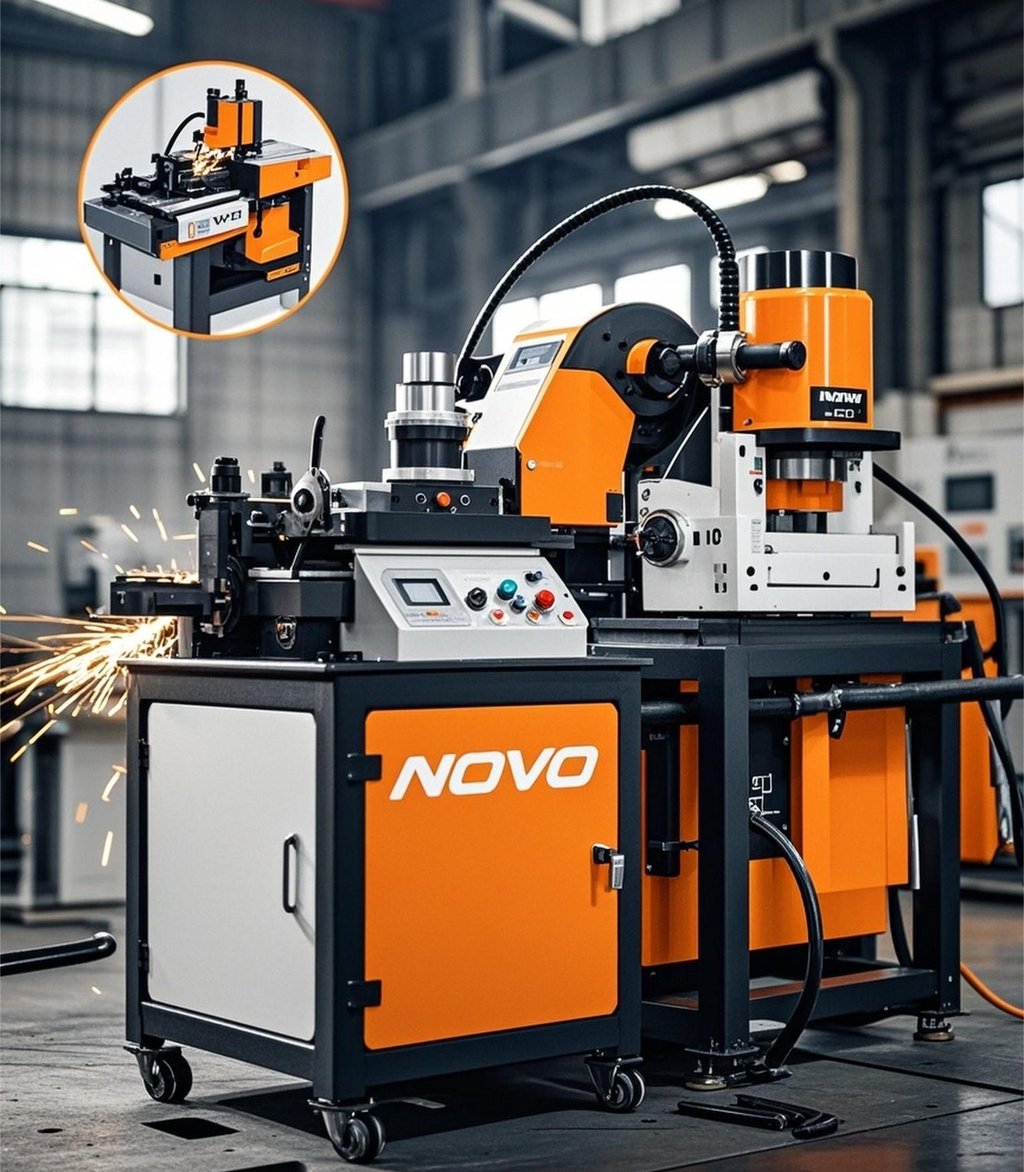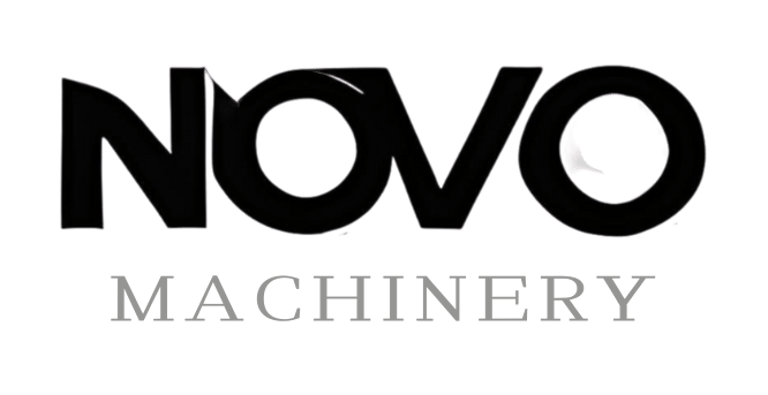busbar Processing machine vs CNC Punching Machine: Which is Better?
Discover the key differences between busbar processing machine and CNC punching machines. Learn which machine is more suitable for mass production in distribution cabinet body factories, ensuring efficiency and effectiveness in your manufacturing process.
7/29/20255 min read


Introduction to Busbar Processing Machines and CNC Punching Machines
In today’s manufacturing landscape, particularly in the production of distribution cabinet bodies, choosing the right machinery is pivotal for operational efficiency and product quality. Two prominent types of machinery used in this sector are busbar processing machines and CNC punching machines. Each machine serves unique functions and possesses distinct advantages tailored to specific manufacturing requirements.
A busbar processing machine specializes in the fabrication and manipulation of busbars, which are crucial components in electrical distribution systems. These machines are designed to cut, bend, drill, and mill busbars with a high degree of accuracy and speed, significantly enhancing the efficiency of the manufacturing process. Furthermore, they typically facilitate the automation of tasks that would otherwise require extensive manual labor, reducing the chances of human error in the production line. This is especially critical in mass production settings, where uniformity and precision are paramount.
On the other hand, CNC punching machines are predominantly utilized for creating intricate holes and shapes in sheet metal. The CNC technology allows for programmable control, enabling manufacturers to execute complex designs with a high level of repeatability. This type of machine is ideal for scenarios that demand versatile sheet metal processing capabilities, making it a valuable asset in factories where flexibility is key. The automation provided by CNC punching machines not only accelerates production rates but also ensures consistent quality across all items manufactured.
In the context of mass production specifically for distribution cabinet body factories, the decision between a busbar processing machine and a CNC punching machine holds significant implications. Each type of machine addresses specific needs within the production workflow, and understanding their functions and merits is essential for optimizing manufacturing processes. Therefore, a careful evaluation of the production requirements will guide manufacturers in selecting the most appropriate technology for their operations.
Key Features and Capabilities of Busbar Processing Machines
Busbar processing machines are specialized equipment designed to enhance the manufacturing process of busbars, which are pivotal components in electrical distribution cabinets. These machines are characterized by their ability to perform a variety of operations, including cutting, bending, punching, and drilling of busbars made from materials such as copper and aluminum. One of the primary features that distinguishes busbar processing machines from standard processing equipment is their integrated operation capabilities, enabling manufacturers to execute multiple processes within a single workflow, thereby significantly improving overall production efficiency.
The efficiency of busbar processing machines is further underscored by their ability to handle various busbar sizes and thicknesses, making them versatile tools in a factory setting. This adaptability minimizes setup times and reduces material waste, which is crucial in mass production environments. Additionally, many modern busbar processing machines are equipped with advanced automation features, such as computer numerical control (CNC) systems, which ensure precision in measurements and operations. This automation not only increases the speed of production but also enhances process accuracy, leading to higher quality end products that meet industry standards.
Moreover, in comparison to other manufacturing solutions, busbar processing machines often come with advanced programming capabilities that allow operators to easily switch between different production runs. This flexibility is particularly advantageous for factories that produce varied designs of distribution cabinets. The ability to efficiently produce customized busbars significantly contributes to the streamlined production process. In terms of speed, these machines can operate at remarkably quick rates, significantly reducing lead time while maintaining precision. Incorporating a busbar processing machine into a production line can ultimately lead to optimized efficiency, greater adaptability to project demands, and a notable increase in the overall output of distribution cabinet body manufacturing.
Key Features and Capabilities of CNC Punching Machines
CNC punching machines have become an essential asset in modern manufacturing, particularly within the realm of mass production for distribution cabinet bodies. One of the pivotal features of these machines is their programmable functionality. This capability allows users to create intricate designs with high precision, significantly reducing human error and improving consistency across production runs. The programming can be tailored to meet specific production requirements, enabling manufacturers to easily adapt the machine for various applications and designs.
Versatility is another hallmark of CNC punching machines. They can handle a wide range of materials, including various metals, which is paramount for fabricating components within distribution cabinets. This adaptability allows manufacturers to switch between different types of jobs without the need for extensive retooling or downtime, ensuring a more efficient production process. Additionally, these machines are equipped with tools that enable them to punch, notch, and form metal components effectively, making them ideal for crafting the diverse elements found in cabinet bodies.
The benefits of precision punching are particularly notable. CNC punching machines execute operations with remarkable accuracy, which is crucial when creating components that must fit together seamlessly. This level of precision not only enhances the overall quality of the final product but also minimizes wastage, ultimately contributing to cost savings for manufacturers. Furthermore, the speed of operations provided by CNC punching machines enables high throughput, ensuring that production targets can be met swiftly.
In comparison with busbar processing machines, CNC punching machines demonstrate a broader scope of application within factory settings. While busbar processing machines are specialized for specific tasks, CNC punching machines offer enhanced flexibility and a diverse range of functions. This makes them a suitable choice for manufacturers focusing on various aspects of distribution cabinet production, thereby optimizing the overall manufacturing process.
Making the Right Choice: Busbar Processing Machine vs. CNC Punching Machine for Mass Production
When selecting machinery for mass production in distribution cabinet body factories, it is essential to analyze the differences between a busbar processing machine and a CNC punching machine. Each type of equipment offers unique advantages, and their suitability largely depends on specific production needs and operational contexts.
First, consider the production volume. Factories that require high output may favor busbar processing machines, which are designed for efficiency and speed in processing busbars. Conversely, CNC punching machines are highly versatile and can handle diverse tasks such as punching, cutting, and engraving, making them suitable for medium to high production volumes. If the production requirement includes highly customized components, a CNC machine might be the more appropriate choice due to its flexibility.
Next, evaluate the types of materials involved in the manufacturing process. Busbar processing machines are primarily designed for handling copper and aluminum busbars, which are common in power distribution. On the other hand, CNC punching machines have the capability to work with various metals, providing an edge in versatility. If a factory regularly changes materials or processes different metals, a CNC punching machine could support this requirement more effectively.
Operational costs are another critical factor. While busbar processing machines may have higher initial acquisition costs, their efficiency in processing large volumes can lead to reduced labor costs and shorter lead times. In contrast, CNC punching machines may offer lower upfront costs, but their longer production times and need for skilled operators can increase ongoing operational expenses.
Lastly, consider the desired output quality. Busbar processing machines often produce highly precise and uniform components, crucial for electrical applications. In contrast, the precision of CNC punching machines can vary significantly based on setup and tooling, which may impact the final product quality.
Case studies of factories that have implemented either solution provide valuable insights, demonstrating that choosing the right machine hinges on specific operational goals, production needs, and cost-benefit analyses. By understanding the strengths and limitations of both systems, factories can make informed decisions that align with their mass production strategies.
Innovate
Leading manufacturer of busbar processing equipment solutions.
Contact
Support
+131 2713 4627
© 2025. All rights reserved.
